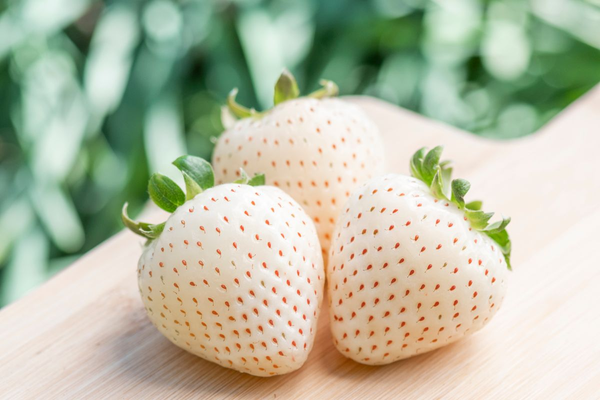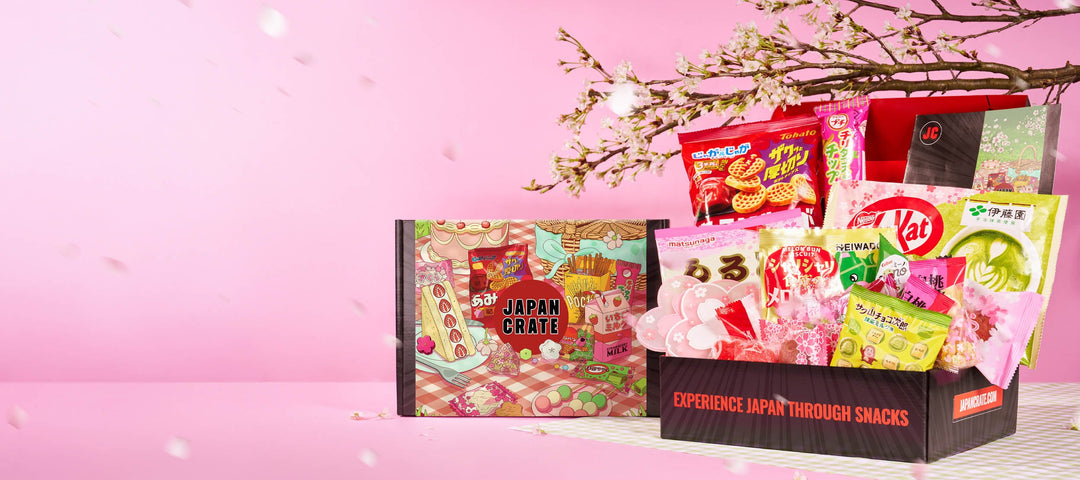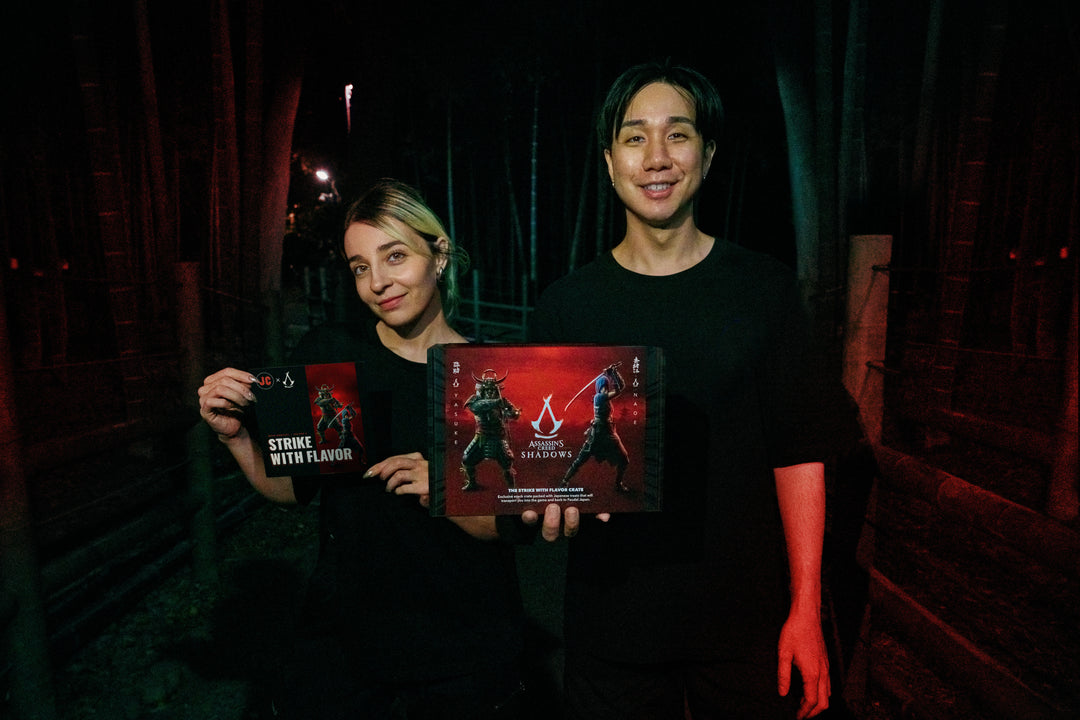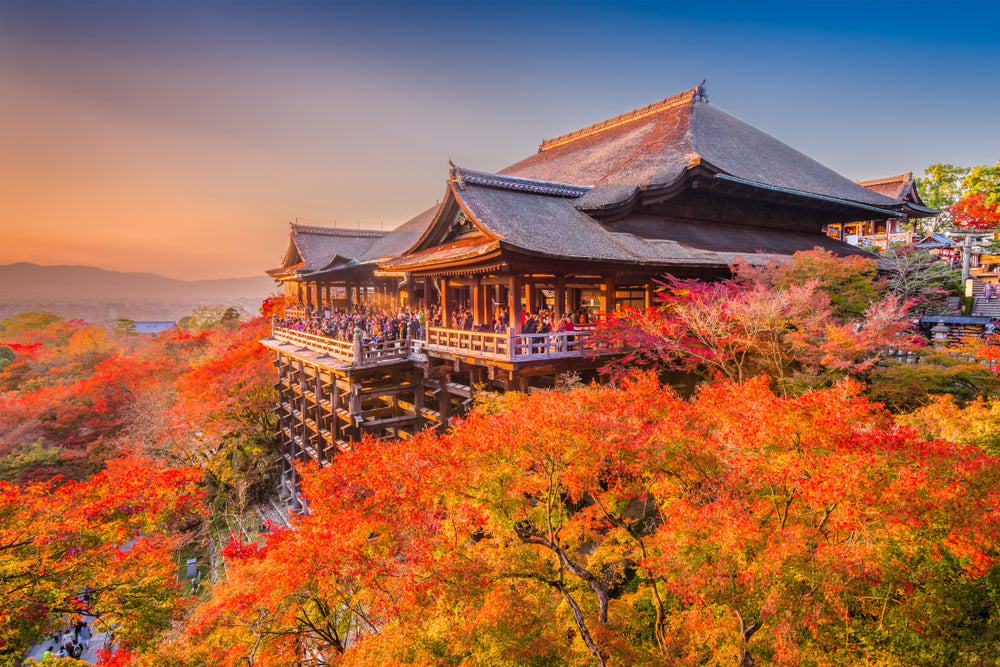Everything You Need to Know About Japanese Strawberries
One of the most well-liked and well-known fruits in the world may be strawberries. This is no different in Japan; strawberries are farmed under tight guidelines to ensure their wonderful flavor and lovely presentation. Strawberries are also among the most popular fruits in Japan. In fact, strawberries are so well-liked in Japan that on January 15th, a special Strawberry Day is celebrated there! But what differentiates Japanese strawberries from those from other nations? Read on and discover all you need to know about Japanese strawberries.
What makes Japanese Strawberries Different?

One of the most delectable strawberries in the world is the Japanese variety. In Japan, strawberries are taken seriously with their enormous size, sweetness, and juiciness, and people frequently send them as gifts to friends and family. There are many varieties, and it seems like a new one enters the market every year. The four main strawberry varieties farmed in Japan are Sagahonoka strawberries from Saga Prefecture, Benihoppe strawberries from Shizuoka Prefecture, Tochiotome strawberries from Tochigi Prefecture, and Amaou strawberries from Fukuoka Prefecture. These Japanese strawberries are infamous for their deep red pigment color, lack of hollow centers, often rather sweet flavors, mild acidity, and, ultimately, their expensive price!
History of Japanese Strawberries

In Japan, strawberries have a lengthy history, with the earliest records dating back to the 1000s. Strawberries used to be an expensive fruit that most people couldn't buy. When greenhouses were widely used to cultivate food in the middle of the 20th century, strawberries became more accessible and common. Starting in 1968, the Tochigi prefecture in Japan produced the most strawberries. This is because the weather and soil characteristics make it perfect for growing strawberries. Farms began to offer strawberry picking and later farming excursions at some point. Now, picking strawberries and other fruit is still a very popular activity all year long.
How are Japanese Strawberries cultivated?

In Japan, the strawberry season lasts from early December until late May. Since strawberry season occurs in the summer in many other countries, it may seem odd that strawberries are grown and available during the winter. This is because most strawberry production in Japan takes place in greenhouses, whereas strawberries may be produced there even in the dead of winter. Japanese strawberries believe that a stable environment and properly maintained temperatures are important factors in ensuring that all of the strawberries become exquisite in flavor and uniform in shape and size.
In addition, there are currently two peak seasons for strawberries in Japan, one is when the demand is at its highest, and next, the strawberries are at their best flavor. The month of December is the month with the highest demand because well-shaped strawberries are used for decorating Christmas cakes. In order to meet demand, the strawberry plants are placed in a refrigerator set at 10°C around August to promote the growth of flower buds and be delivered as soon as feasible. Meanwhile, the standard strawberry peak season, when they are at their tastiest, lasts from about January to March. They are picked early in the morning while the temperature is still low and chilled in a refrigerator for about a day before being sent.
Different Varieties of Japanese Strawberries
1. Amaou Strawberry

Amaou strawberries are significantly larger than other strawberries on the market and were developed and grown in Fukuoka Prefecture in 2005. It is immediately clear how rich an Amaou strawberry is from its appearance alone. Amaou strawberries stand out in supermarkets thanks to their bright red color. It also has a lot of sugar, a little acidity, and a strong strawberry flavor. These berries are significantly sweeter and have a lot milder sour flavor than regular strawberries, which are often extremely sour and have a strong acidic flavor. There is no denying that these strawberries are very rich in flavor. This strawberry variety is one of the most well-liked and a local favorite.
2. Sagahonoka Strawberry

This strawberry type, known as the Sagahonoka strawberry, is farmed on the Japanese island of Kyushu, more specifically in the Saga prefecture. The white flesh of these strawberries is an interesting contrast to their vibrant red exterior. They are large, juicy, and clearly shaped like triangles.
3. Tochiotome Strawberry

One of the most well-known Japanese strawberries available in stores is the Tochiotome strawberry, which was first grown in Tochigi Prefecture in the middle of the 1990s. Tochiotome strawberries are renowned for their flavorful aroma and vivid red hue. They are not only exquisite, but they are also delightful. Moreover, they have a wonderfully pointed shape, a deep red color, and a perfectly sweet flavor. In fact, Tochiotome strawberries are the preferred berry for decorating sweets in Japan because of their visual appeal.
4. Benihhope Strawberry

Benihoppe strawberries are delectable, just like the other types. This strawberry type is widely available in Japanese supermarkets and is farmed in the Shizuoka prefecture. Benihoppe strawberries, loosely translated as "red cheek" in Japanese, are so delicious that they will make your cheeks reddish. These Benihoppe strawberries are known for having a well-balanced flavor between sweet and tart and a vivid red color on both the outside and the inside.
5. Hatsukoi No Kaori

Last but not least is this white strawberry! The name of these strawberries, Hatsukoi no Kaori, which means "the scent of first love," is unusually white. Given that white strawberry appears unripe, it could seem weird to consume them. That is not at all the case, though! These strawberries possess a delicate flavor profile that is unique among strawberry varieties. They don't even have the tiniest sour taste because they also have a somewhat higher sugar content than conventional strawberries. These strawberries also stand out because their red seeds completely contrast with the usual strawberry's white skin. The Hatsukoi no Kaori was not created as a typical or everyday strawberry. These Japanese white strawberries are typically presented at birthday parties, weddings, or housewarming events.
It's Japan Crate Time!
Experience the delectable varieties of Japan's strawberries through Japanese strawberry-flavored snacks by Japan Crate. You may experience the best Japanese snacks with just only one box offered by Japan Crate. Japanese sweets are also available; they are all delicious and will delight your taste buds. Every month's delivery is interesting since the box's contents change, including limited-edition, seasonal, and trending items. You can quickly get a taste of Japan thanks to Japan Crate. Enjoy!
Author Bio







Leave a comment